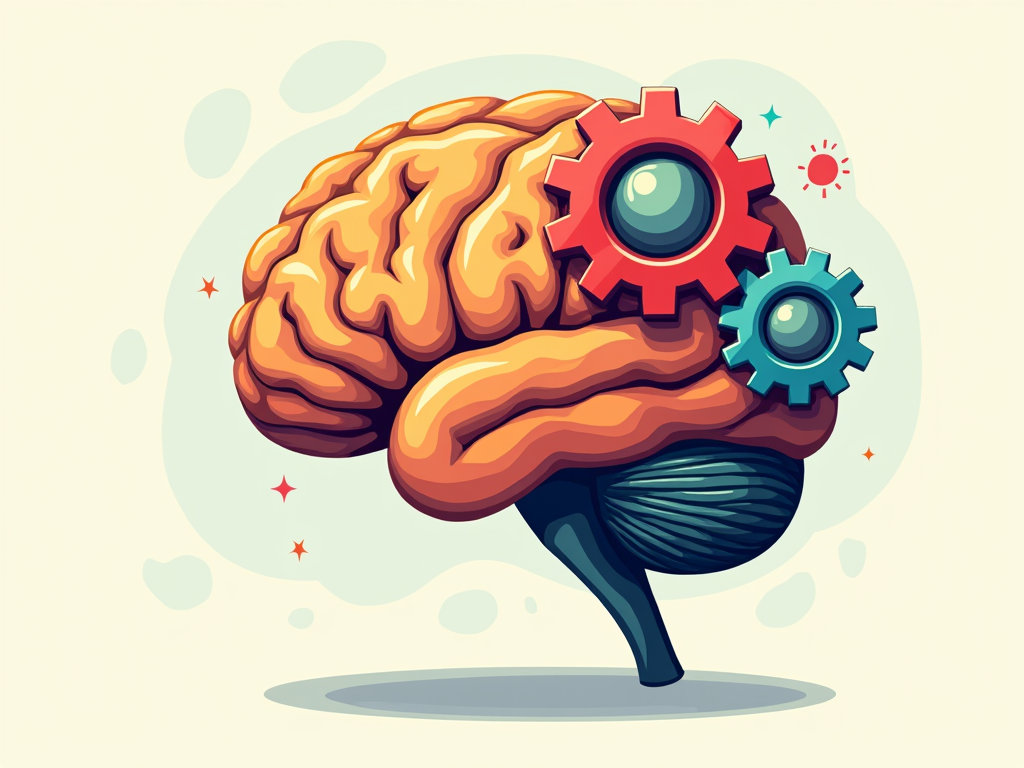Overview: What Are Behavioral Activation Techniques?
Behavioral Activation Techniques are simple, effective strategies to boost your mood and tackle depression or anxiety. By encouraging positive actions, they help break the cycle of negativity and withdrawal. This article explores the basics and how you can start today.
What Is Behavioral Activation?
Behavioral Activation is all about taking action to improve how you feel. It’s a method often used in therapy to treat depression, but it works for anxiety too. The idea is straightforward: when you do things that matter to you—like painting, walking, or chatting with a friend—your mood lifts. It’s not about forcing happiness; it’s about building it step by step. Imagine you’ve been avoiding chores because you’re down. Behavioral Activation encourages you to start small, maybe just washing a dish, and notice how even that tiny win feels good.

How Does Behavioral Activation Work?
Here’s the magic: your actions shape your emotions. When you’re stuck in a rut, you might skip fun stuff or isolate yourself. Behavioral Activation flips that. You pick activities that match your interests or goals, then do them—even if you don’t feel like it at first. Over time, these actions create a positive loop. Say you love gardening but haven’t touched your plants in weeks. Watering them today might spark a bit of joy, pushing you to do more tomorrow. Research shows this method can rival medication for depression—it’s that powerful.
Behavioral Activation Techniques for Anxiety
Anxiety can make you avoid things that scare you, like crowds or new places. Behavioral Activation tackles this head-on. Instead of dodging, you ease into those situations little by little. For example, if public speaking freaks you out, you might start by talking to a small group of friends. Each step builds confidence and cuts down fear. It’s not about jumping in blindly—it’s planned and gentle. This makes Behavioral Activation a game-changer for anxiety, helping you reclaim your life one action at a time.

The Role of Behavioral Therapy and Family Therapy
Behavioral Activation often teams up with behavioral therapy, which focuses on changing unhelpful patterns. Think of it as the bigger picture—Behavioral Activation is one tool in that toolbox. Family therapy can join the mix too. When loved ones understand what you’re working on, they can cheer you on or even join in. Picture a family hike where everyone’s involved—it’s not just good for you, but it strengthens your bonds too. Together, these approaches make the journey easier.
Practical Tips to Get Started
Ready to try Behavioral Activation? Here’s how:
- Start Small: Pick something easy, like a five-minute walk.
- Make a Plan: Set a time, like 10 a.m., to do it.
- Track It: Write down what you did and how it felt.
- Mix It Up: Try fun stuff (dancing) and must-dos (laundry).
I once knew someone who started with making their bed daily. It sounds minor, but it snowballed into cooking meals and calling friends. Small steps lead to big changes.

Why It’s More Than Just ‘Doing Stuff’
Some think Behavioral Activation is just staying busy. Not true. It’s about purpose. Random tasks won’t cut it—you need activities tied to what you value. If you love art, doodling beats folding socks. And it’s not instant. At first, you might feel nothing, but stick with it. Studies back this up: people who kept going saw their depression fade over weeks. It’s like planting seeds—growth takes time, but it’s worth it.
Real-Life Examples That Inspire
Picture Sarah, who felt crushed by anxiety and stopped meeting friends. She started with texting one person a day. Soon, she was grabbing coffee with them. Or take Mike, who was depressed and jobless. He began by updating his resume—just one line. A month later, he was applying for jobs. These aren’t my stories, but they’re common. Behavioral Activation works because it meets you where you are and builds from there.

Common Questions Answered
Does it work for everyone? Mostly, yes—but it’s not a cure-all. If you’re too overwhelmed to start, a therapist can help. How long until I feel better? A few weeks of steady effort usually show results. Can I do it alone? Sure, but support from family or friends boosts success. Behavioral Activation Techniques: Understanding the Basics means knowing it’s flexible—adapt it to fit your life.
A Quick Look at the Science
Experts love this approach for a reason. Studies—like one from the Journal of Consulting and Clinical Psychology—found Behavioral Activation matches talk therapy for depression relief. It ties into behavioral therapy by targeting actions over thoughts, though it pairs well with mindset shifts too. For anxiety, it’s about breaking avoidance habits. Simple? Yes. Effective? Absolutely.

Tips for Sticking With It
Consistency is key. Try these:
| Challenge | Solution |
|-------------------------|-------------------------------|
| No motivation | Pair tasks with music |
| Forgetting | Set phone reminders |
| Feeling stuck | Ask a friend to join |
I’ve seen people thrive by tweaking it to their style—like dancing to a favorite song instead of jogging. Find what clicks for you.
Who Can Benefit?
Anyone feeling down or anxious can try this. It’s great for teens needing structure or adults juggling stress. Even if you’re not in therapy, it’s doable. Family therapy can amplify it—imagine your kids helping you pick fun weekend plans. Behavioral Activation Techniques: Understanding the Basics shows it’s for everyone willing to take a step.

Summary: Your Next Step
Behavioral Activation Techniques offer a practical way to lift your spirits and ease anxiety. Start with one small action today—maybe a walk or a call to a friend. Keep going, and you’ll see the difference. It’s about doing what matters to you, step by step.
Discuss Here